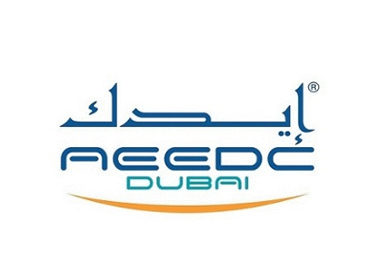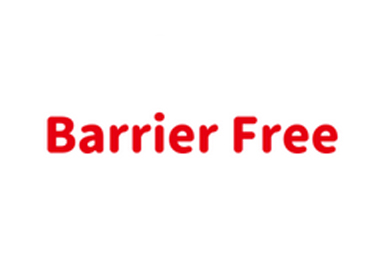



How should the exhibition be built
1. Apply materials according to the topic
In some exhibition layout and booth construction, the use and choice of materials is also key, and the theme needs to be changed at any time. For example, some exhibitions are mainly to show science and technology, some are for social welfare, and some are to show calm and some are to show liveliness in terms of theme style. The theme of performance is a test for the selection of materials, which requires timely change and cooperation of construction materials. Therefore, the first step in the construction of the exhibition is to choose the construction materials.
2. Hire a professional construction team
Each industry is the professional of each industry personnel, in the exhibition construction also need professional construction personnel, are responsible for moving and unloading installation, are responsible for power support, many links need various professionals to work together, division of labor to complete, they are a professional construction team.
3. Rent supporting equipment
In order to pursue better results, exhibition booth construction generally installs or borrowings some supporting equipment, such as lighting and sound, during the construction of the exhibition, so these belong to the exhibition construction work. Therefore, it is necessary to contact a specialized leasing company, according to the type and quantity of equipment required, send staff to contact the company to rent equipment, discuss the price, and after each exhibition, these equipment also need staff to check and return to the leasing company.
4, reasonable layout, in line with the aesthetic
Exhibition construction is based on the site, at any time to consider the surrounding environment of the site, the size of the area, etc., to build the design, as far as possible to build a reasonable layout of the facilities, such as around the booth must be reserved for staff walking space. Secondly, the booth construction can not give a heavy feeling, according to the design style, to build, and consider some surrounding factors, so as to meet the aesthetic of the public.
What details should be paid attention to in the construction of the exhibition
1. Regulations of the booth
Height restrictions: the exhibition has restrictions on the exhibition frame and exhibits, especially on the double-layer booth, stairs, booth top extension of the structure and other restrictions more stringent, height limit is often not prohibited from ultra-high, if the relevant procedures and meet the technical standards, it is possible to be allowed to ultra-high construction booth, layout exhibits.
Opening restrictions: many exhibitions prohibit fully closed booths, if the booth is closed, the exhibition will lose its display role, visitors will have complaints, but the exhibitor needs to close offices, negotiating rooms, warehouses, etc., therefore, the coordinated approach is generally to provide a certain proportion of the area open to the outside. This proportion is generally 70%, allowing less than 30% of the area closed.
2. Provisions for exhibition appliances
Display display material restrictions: In many countries, the exhibition regulations must use fire-resistant materials, limit the use of plastics, limit dangerous chemicals.
Electrical regulations: most of the country's exhibitions have strict regulations on electrical appliances, and the technical indicators of electrical appliances used must meet local regulations and requirements.
3, the provisions of the flow of people
Aisle restrictions: The main provisions and restrictions on the width of the aisle, in order to ensure the smooth flow of people, the exhibition regulates the width of the aisle, and prohibits the exhibitor's booth, props and works from occupying the aisle; Television, retail goods often cause congestion, so there are corresponding requirements, such as the TV must not face the aisle, the counter must be a certain distance from the aisle.
4, fire regulations
If it is a large-area booth, an emergency passageway or exit must be set up and marked according to the size of the exhibition hall and the expected number of visitors. Fire equipment provisions: must be equipped with fire equipment. Some pavilions will require the booth to designate a fire chief, and require all booth personnel to know the fire regulations and emergency exits.
5. Regulations and restrictions on exhibits
It mainly regulates abnormal exhibits, including ultra-high and overweight exhibits. It can usually be solved if appropriate measures are taken. For example, the height limit, as long as the pavilion height is enough, you can discuss with the pavilion; Overweight exhibits can be used to spread the unit load. The difficult problem is the size of the unloading gate of the pavilion, which is a natural limitation. Super tall and overweight exhibits are generally required to enter the museum before other exhibitors' exhibits. If there are any problems that are difficult to resolve, consult with the organizer or the owner of the exhibition hall as soon as possible.
6. Environmental regulations
Volume limit: The background music is arranged by the exhibition organizer, and the volume of the exhibitor's audio and video equipment must be controlled within the scope of not affecting the surrounding exhibitors.
Color restrictions: If the exhibition organizer wants to achieve a coordinated effect, it often puts forward color requirements. Ask the exhibitor to use a certain base tone or title tone. The exhibition may also propose the title font, size, most of the regulations in this area are relatively loose. As long as the exhibitor complies with the regulations and does not interfere with the surrounding booth (such as too much noise), the exhibitor can generally design the shape of the booth, place the exhibits, and use the colors.